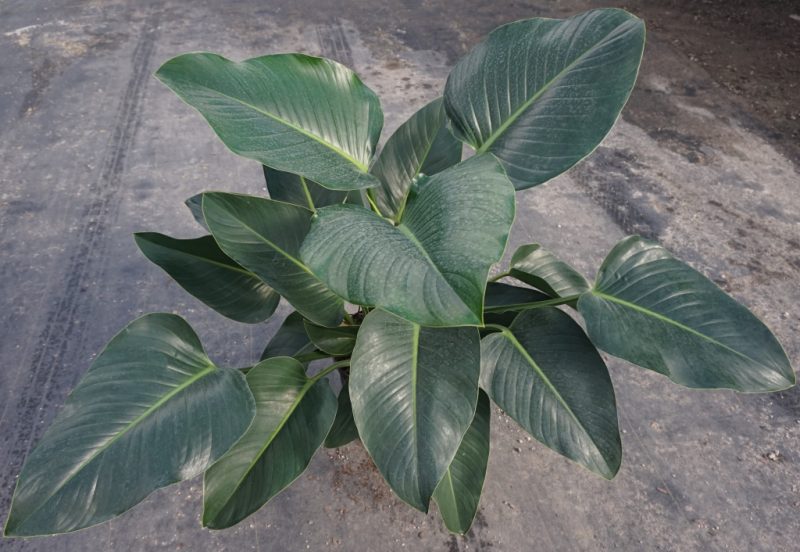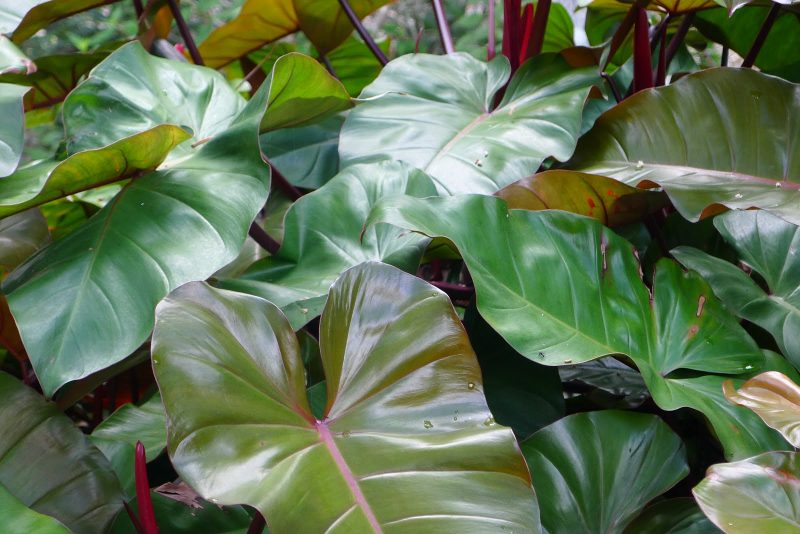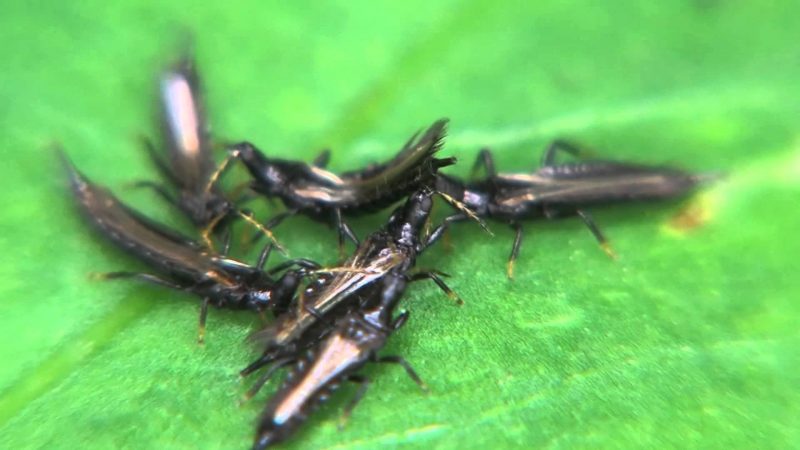One of the brightest and most spectacular representatives of the tropical flora is an evergreen plant called philodendron. Beautiful vines, which can perfectly clean the air of toxins and other harmful substances, began to be used for landscaping since the Victorian era.
Material Content:
Types, Description
The philodendron from the Aroid family is an epiphyte that develops in the form of a climbing vine and fastens to tall trees using aerial roots. They also help the plant get nutrients and moisture. Fleshy stems lignified at the base are covered with petiolate, alternate leaves of an oval, arrow-shaped or feathery shape, depending on the variety and type of plant. When flowering, inflorescences-cobs are wrapped in a two-ton blanket with a glossy finish.

It is interesting that on one specimen leaves of different sizes, shapes and colors can simultaneously develop.
In the wild, the genus has about 900 species.
Among the most popular types and forms that are used in indoor floriculture, there are:
- Brilliant philodendron is an unpretentious creeper of compact size with small leaf plates, the color of which changes over time. The red tint of young leaves changes to brownish green.
- Philodendron is golden black. Representatives are particularly decorative, which is associated with the presence on the plant of leaves of different shapes, sizes and colors, depending on their age.Copper-red, rather small foliage of a heart-shaped form as the plants grow older, stretches, grows larger and acquires a bronze-green color with white veins and a fringing.
- Blushing philodendron is the most common species in indoor floriculture, on the basis of which many varieties have been bred by breeders. The red-green stem after lignification acquires a gray-golden color. Large leaves are attached to the trunk using red stalks at the base. In the flowering phase, a white inflorescence-cob is formed, wrapped in a purple veil.
- Philodendron warty. The species gained distribution thanks to beautiful heart-shaped leaves with a velvety coating dotted with warty bristles.
- Climbing philodendron - a beautiful view with graceful shoots covered with glossy heart-shaped leaf plates of bright green color. The variety is characterized by rapid growth rates, the speed of which is indicated by the annual growth of shoots up to 1 m.
- Guitar-shaped philodendron is a culturally known species that stands out with foliage resembling a stringed musical instrument. Based on the variety, several hybrids with high decorative qualities were obtained.
Can I keep a flower at home?
Despite the fact that the flower is an air purifier, like other members of the family, poisonous juice is secreted in the philodendron, which, when in contact with the skin, can provoke an allergic reaction.

Also, negative consequences can be noted when a shoot fragment enters the stomach. Therefore, when thinking about whether this exotic flower can be kept at home, it is important to assess the likely risks. If there are children and pets in the house, a deliberate decision must be made before acquiring such a beautiful creeper.
Features of plant care
In order for the plant to decorate the room with beautiful shoots, simple care measures should be performed.
Lighting and seat selection

Philodendron with monophonic leaves feels great in places with easy shading. Variegated forms need more bright, diffused light. When placing the pot, intolerance to the tropical representative of drafts should be considered.
Temperature
In summer, the mercury column should not exceed a value of 25 ° C. The maximum temperature minimum for the winter season is 15 ° C.
Watering and humidity
To preserve the decorativeness of the flower, it is necessary to organize the correct watering system, in which the earthen lump will not dry out.

In addition, the tropical vine needs a high level of humidity, which can be achieved by systematic spraying. All water procedures should be carried out with standing water.
Fertilizing and fertilizers
The philodendron should be fed monthly with the help of complex mineral fertilizers containing nitrogen, phosphorus and potassium in equal proportions. When preparing the working fluid, the concentration should be reduced by 20% from that indicated in the instructions for the drug.
Transplant technology
The procedure is carried out in the spring. Young plants are replanted annually, and adults - when the pot becomes cramped or the substrate is too depleted.
The transplant technology is simple:
- At the bottom of the pot is placed drainage of expanded clay, gravel or broken brick.
- A flower from an old container is transferred to the drainage layer.
- Empty places are covered with a fresh nutrient substrate of a slightly acid reaction, prepared from soil for orchids, peat and perlite in a ratio of 2: 1: 1.
Protection against diseases and pests
The flower philodendron, having good immunity, is rarely affected by pests and diseases. However, if the air is too dry, the liana shoots can become populated by a spider mite, thrips, or scale insects. If signs of insect activity are detected, the philodendron is sprayed with an insecticide according to the manufacturer's instructions.

Violation of the irrigation system can provoke the development of the disease: with regular overflows, root rot begins to develop, which should be combated by removing damaged sections of the root system, transplanting the plant into a fresh substrate and treating with fungicide.
How to propagate philodendron (philodendron)?
The inhabitant of the wet jungle propagates vegetatively using cuttings (apical, stem) or leaves with "heels".
The procedure is carried out in spring or summer according to the following scheme:
- A leaf is cut or cuttings with aerial roots are cut.
- Places of cuts are treated with an antiseptic in the form of crushed charcoal or activated carbon.
- Planting material is buried in a substrate of garden soil, perlite and sand in equal parts, the field of which is covered with plastic or glass caps.
- Caps are systematically raised to ventilate plantings and moisten the ground.
- After rooting, new plants are planted in a more nutritious soil mixture.
Features associated with the flower

There are several superstitions knitted with an exotic flower, which, however, are not scientifically supported:
- Philodendron is a husband. Therefore, if an unmarried girl lives in the house, then you should not acquire such a plant.
- The flower attracts to the inhabitants of the house where it grows, evil deeds and unkind looks.
- The plant has a negative effect on pregnant women, causing depression and malaise.
However, to believe signs or not is a purely personal matter. Only one thing can definitely be said for sure - an elegant plant with decorative shoots, if properly maintained, will give the apartment a tropical charm, enrich the air with oxygen and simply delight the grower with its exotic charm.












